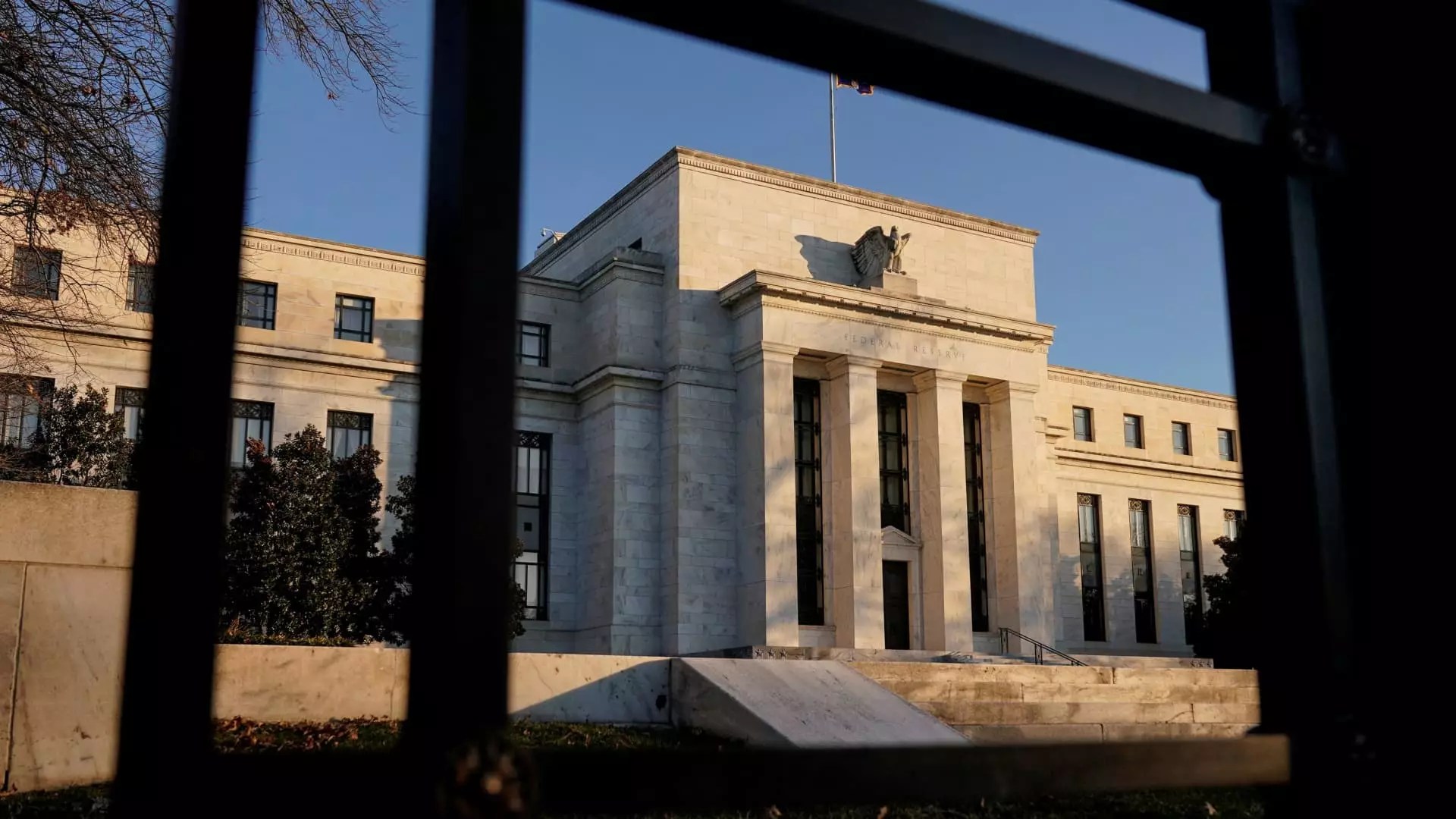The recent decision by the Federal Reserve to maintain its interest rates can be interpreted as a strategic pause amidst an uncertain economic landscape, primarily shaped by President Donald Trump’s contentious tariff policies. The lack of movement in rates reveals how trade tensions—especially in key sectors like steel, aluminum, and oil—are crippling growth prospects and adding pressure to an already burdened consumer. It’s evident that a pulsating trade war jeopardizes more than our international standing; it dampens everyday life through escalating prices on vital goods.
Brett House, an economics professor at Columbia, succinctly framed the problem: these tariffs form a foundational part of many production lines, thereby spreading increased costs across the fabric of the American economy. The ripple effect of these tariffs is substantial, raising inflation fears and forcing the central bank to tread carefully. In a volatile economic environment where even minor missteps can catalyze major repercussions, the Fed’s reluctance to raise rates is more than prudent; it highlights the precariousness of our financial ecosystem.
Consumer Pain: A Looming Crisis
The pain felt by consumers is real and growing. As noted by Greg McBride of Bankrate.com, household budgets are under severe strain, thanks to high borrowing costs that have lingered long after the Fed’s previous rate hikes. Even as the Fed’s benchmark rate remains stagnant, the consequences are felt in day-to-day financial transactions. Credit card rates, for example, are still alarmingly high, hovering around an average of 20.09%. This creates a scenario where consumer purchasing power remains curtailed, greatly hampering economic stimulation from spending—the lifeblood of any thriving economy.
Moreover, affordability in housing continues to diminish. Despite a slight easing in mortgage rates, the lack of a robust economic backdrop to invigorate the housing market poses a serious concern. The intertwining of falling rates with broader economic distress creates a paradox: while borrowing becomes marginally cheaper, the fear of a looming recession leads potential homebuyers to hesitate. It’s a vicious cycle; lower borrowing costs do not automatically translate into increased consumer confidence or spending.
The Illusion of Relief: Cars and Loans
Auto loans offer a similar snapshot of the struggle facing American consumers. Although steady demand for cars remains, rising sticker prices compounded by the administration’s tariff strategy appear to stifle that momentum. Car loans are still precarious—averaging 7.2% for new vehicles and 11.3% for used ones—meaning potential buyers are essentially being priced out of the market. It’s one thing for rates to fall slightly; it’s another for consumers to find themselves trapped between unaffordable housing and exorbitant car prices.
It’s crucial to recognize that as consumer spending contracts, the vicious cycle feeds upon itself. A distressed consumer landscape signals to manufacturers to restrain production, which in turn exacerbates job insecurity and stifles innovation. When the Fed finally decides to adjust rates, will it even matter if the consumer base continues to dwindle due to disillusionment and lack of purchasing capacity?
Future Predictions: Tarnished Hopes and Economic Shadows
Uncertainty surrounds not only consumer sentiment but also the broader economic future. Recent warnings from the National Economic Council underline that ambiguity regarding trade and tariffs makes forecasting challenging. An unstable global market means that domestic economic conditions remain fragile. Experts are rightly concerned that without a fundamental reset—both in fiscal policy and trade relationships—our economic foundation will continue to shake.
While some experts point to marginally favorable yields in savings accounts, this should not distract from the larger picture of economic malaise. A yield of 4.4% might seem appealing, but it operates under the specter of inflation that remains a constant challenge. There’s little solace in higher savings rates when household debt spirals and consumers are too anxious to spend.
In essence, the U.S. economy finds itself at a crossroads, grappling with a blend of policy uncertainty and consumer trepidation. All eyes will inevitably turn to the Federal Reserve as it navigates this storm, but without a concerted effort to bridge the deep divisions caused by tariff policies, this landscape could very well become a breeding ground for deeper financial woes in the near future.


Leave a Reply